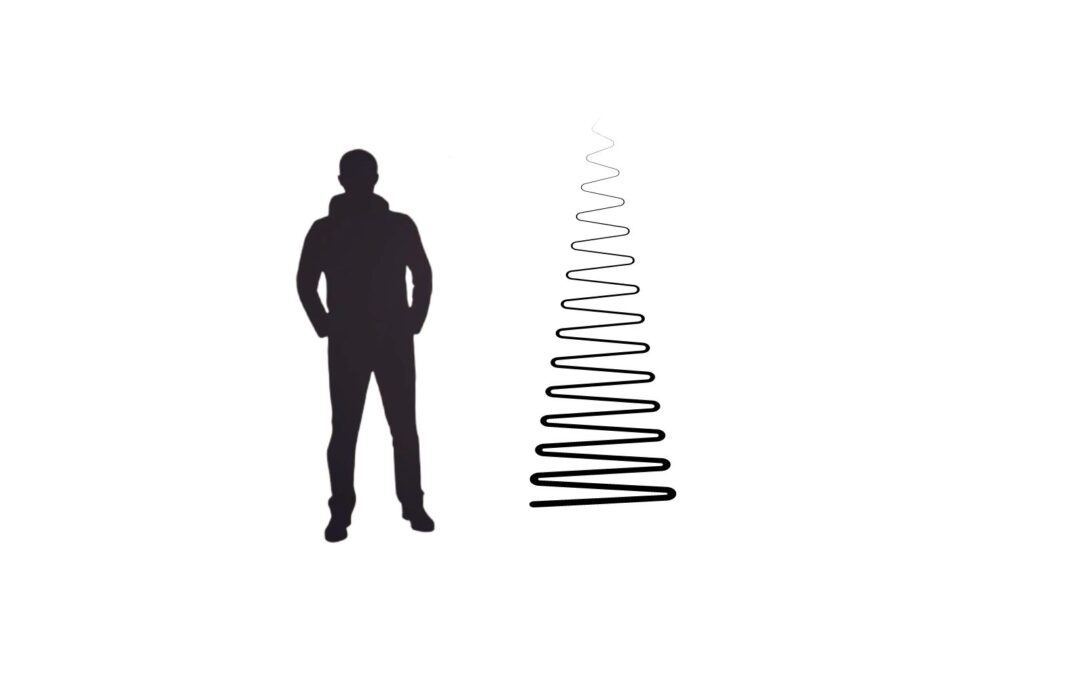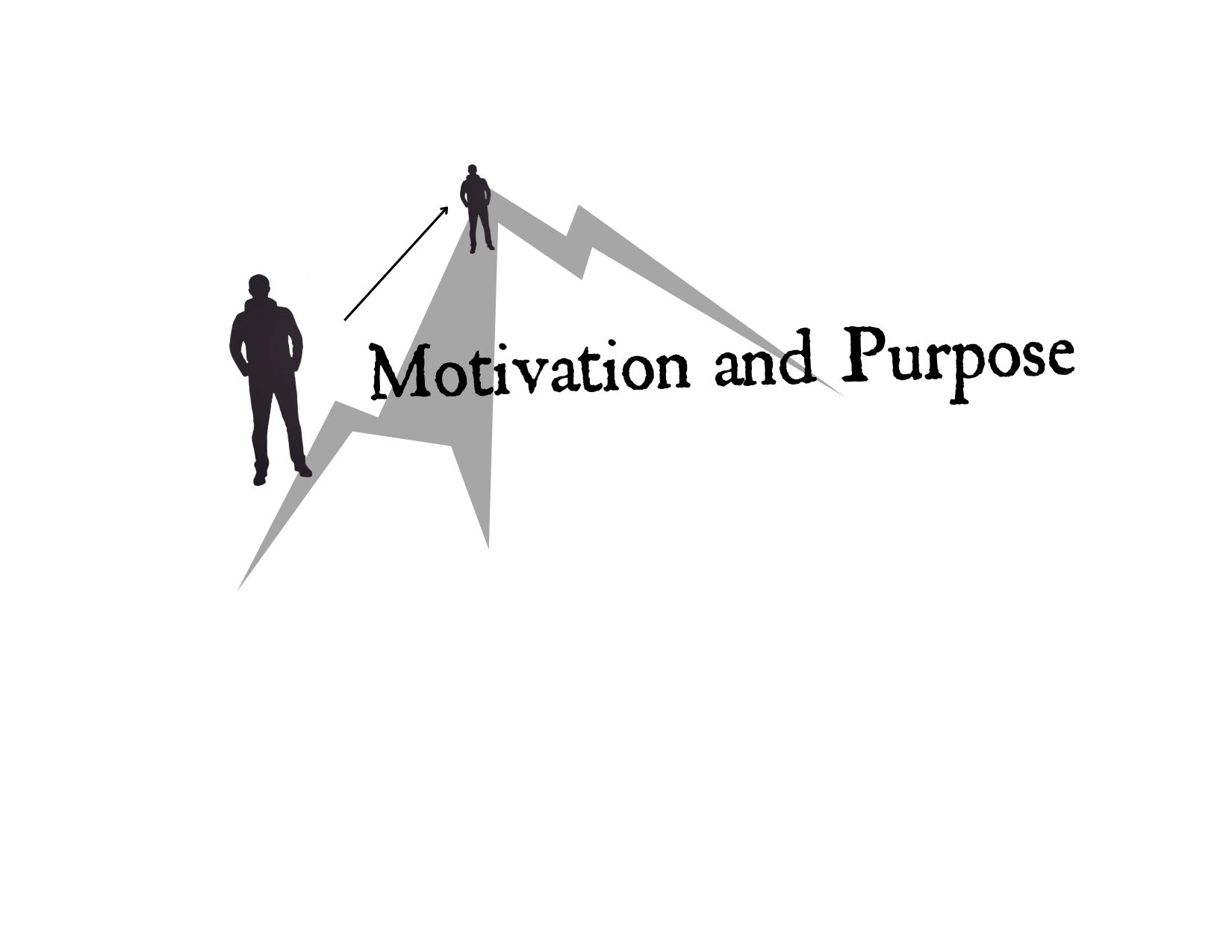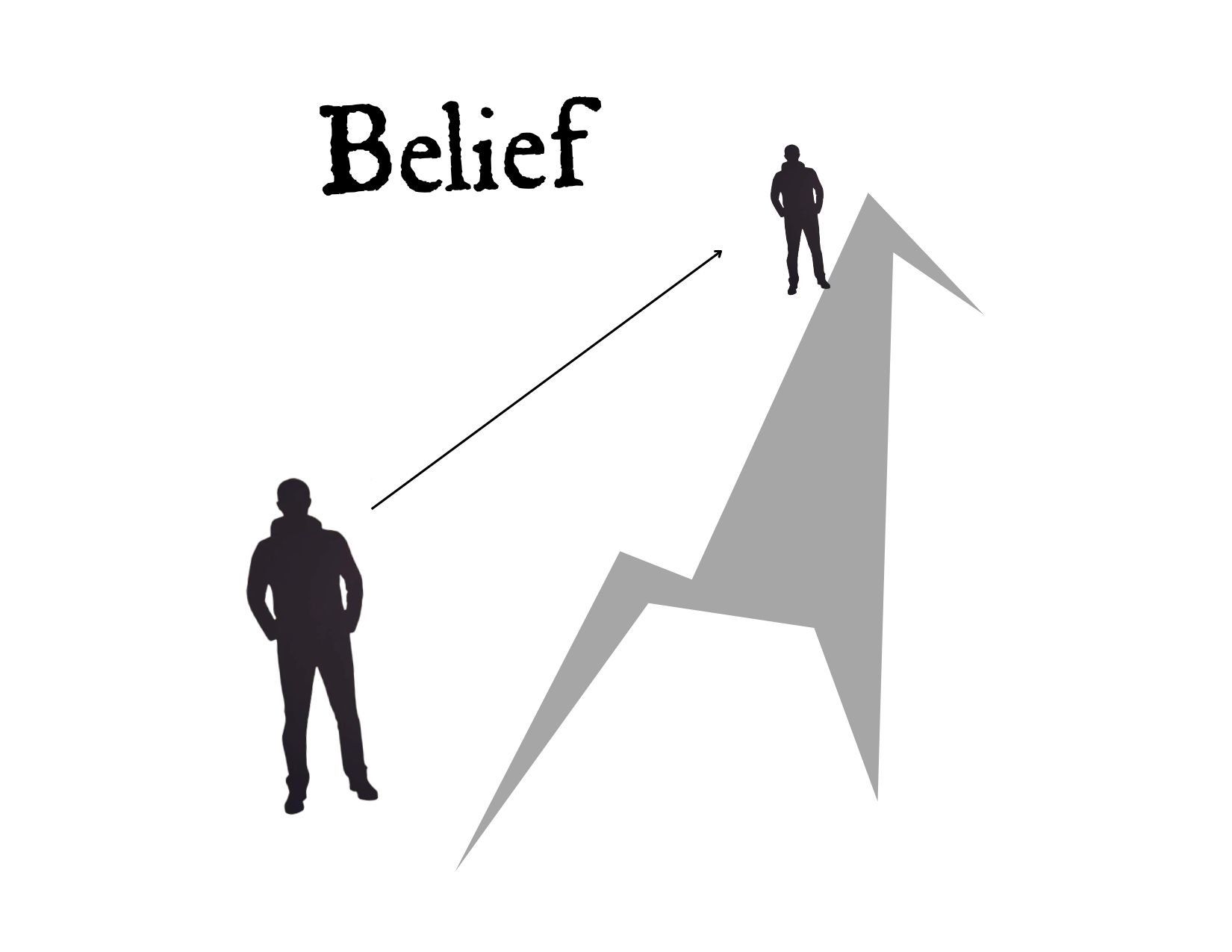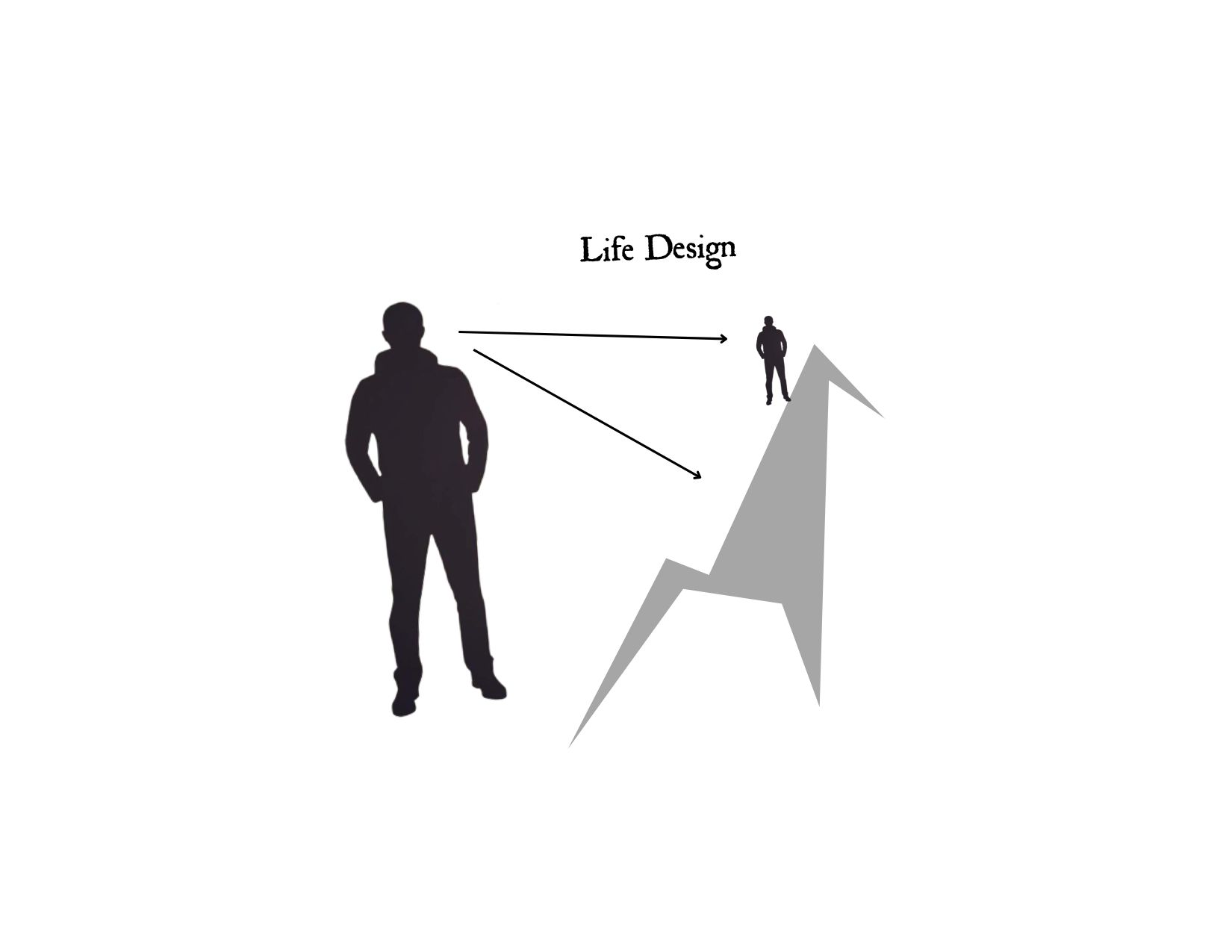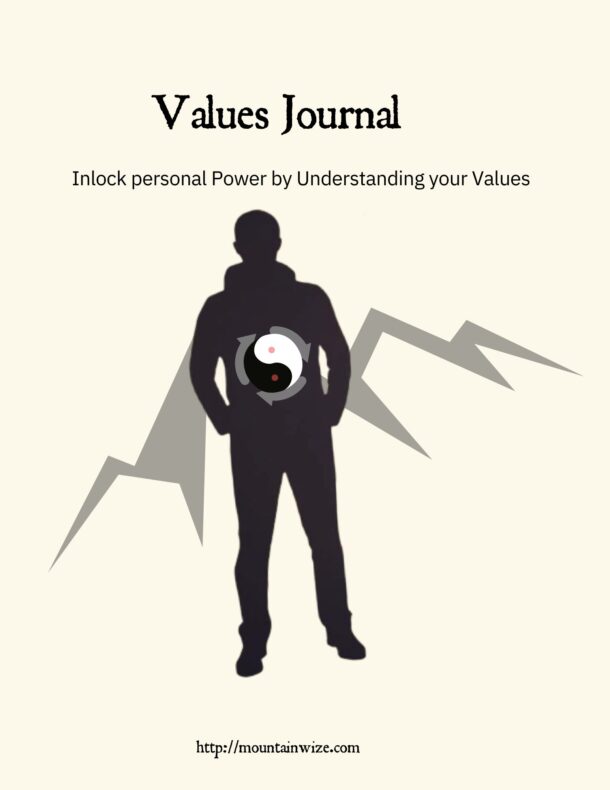Physically, Trauma Release is consistent with stimulation of the parasympathetic nervous system(PNS).
Physical Effects of Stimulation of the PNS
Decreased Heart Rate:
When removed from a source of stress, the heart rate will naturally slow and become more relaxed.
Stimulation of Digestive Activity:
The PNS stimulates digestive organs such as the stomach, pancreas, and intestines, enhancing digestion and nutrient absorption.
Water Retention:
In PNS, the body is more relaxed and retains fluids. Muscles are less constricted creating more space for bodily tissues to retain hydration and transfer nutrient containing fluids.
Decreased Blood Pressure:
Activation of the PNS results in vasodilation (widening) of blood vessels, leading to a decrease in blood pressure.
Slower, Deeper Breathing:
Respiratory rate will slow. The breaths will be much deeper and longer.
Mental Effects of the Parasympathetic Nervous System
Calming and Relaxation:
Activation of the parasympathetic nervous system induces a sense of calmness and relaxation. This can help alleviate feelings of anxiety, stress, and tension, leading to improved mental well-being.
Hopefulness:
When the body is in a state of repair, it influences the mind to look forward. Hope in the mind rests on a biological sense that there is a future to look forward to. If the body is in repair, the mind will be less preoccupied with survival and problem/ solution thinking.
Enhanced Cognitive Function:
When the body is in a relaxed state facilitated by the parasympathetic nervous system, cognitive function tends to improve. This includes better concentration, clearer thinking, and enhanced memory retention.
Complex longer thinking happens in a state of calm. Synthesis is a form of thinking that makes connections between bits of information that initially lack connection. This type of additive and creative thought happens in a relaxed environment.
Mood Regulation:
Parasympathetic activation is associated with the release of neurotransmitters such as acetylcholine, which can positively influence mood. Consequently, individuals may experience improved mood stability and a reduction in symptoms associated with mood disorders like depression or bipolar disorder.
Where is emotional trauma stored in the body?
Trauma imprints itself in the body through something called the sympathetic nervous system. The Sympathetic Nervous System (SNS) is not inherently a bad thing. If however it is a state that is held chronically or a very strong response to an extremely drastic event, it can leave lasting effects n the body called trauma.
The SNS effects the entire body. So trauma can manifest itself in almost any form of physical or emotional system.
The SNS causes tightening or constricting of both the muscles and the organs of the body. If the body does not completely loosen out of this tightened state, those areas that are constricted can become ill or weakened.
In the brain, certain memories and beliefs can be held or repeated due to the posture of the body being locked into a position around that memory.
The SNS reduces digestion and so long held trauma can cause digestive problems if it is held physically in the gut.
Heart rate is affected by Nervous System States and so if you hold a state of stress around the heart for a long time, your heart health can be affected.
Tension in general is a symptom of trauma. Muscles of the shoulders, neck, jaw or hips can all remain tight after a strong emotional event.
Conclusion:
Releasing trauma will have a calming and releasing effect on any of the mental or physical areas of the mind and body in which trauma is stored. Having an effective trauma release session will often make a person feel relived in a very short amount of time.
In order to have the effects of trauma release be permanent, it is often necessary to repeat the treatment many times over a long period of time. This can be done wither with repeated sessions from a practitioner or with self guided tools given by a competent coach.

